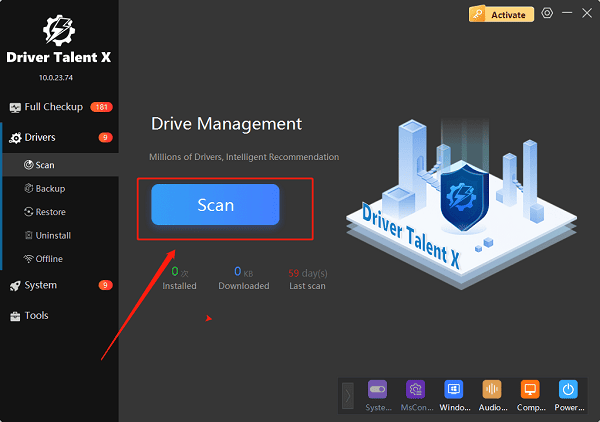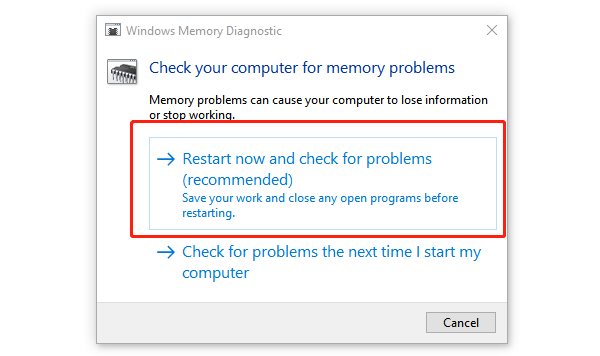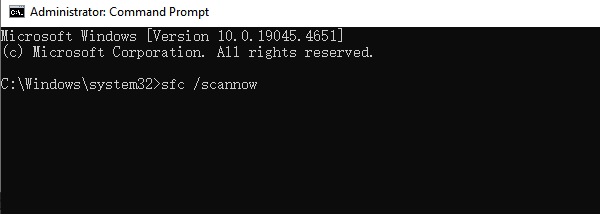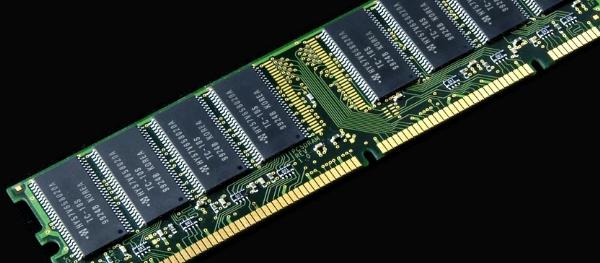Many users encounter situations where their HP laptop suddenly won't power on during daily use: pressing the power button yields no response, the screen remains black, the fan is silent, or only the power light blinks without booting into the system.
This issue may be caused by hardware failures, power supply problems, or system errors. In this article, we'll walk you through common causes and effective troubleshooting methods to help you quickly restore your device to normal working condition.
1. Common Symptoms of a HP Laptop Not Turning On
No response after pressing the power button
Power light is on but screen remains black
Fan runs but system does not boot
Stuck on "Preparing Automatic Repair" or in a restart loop
Battery charges normally but laptop won't turn on
2. Common Causes of HP Laptop Power Issues
Faulty battery or power adapter
Outdated or corrupted device drivers
BIOS settings issues or failure
Loose or faulty RAM
Damaged system files or boot errors
Hardware problems like motherboard or hard drive failure
3. Step-by-Step Troubleshooting and Repair Guide
Step 1: Check Power Supply and Battery
Ensure the power adapter is properly connected to a stable power outlet.
Try powering on with just the adapter (remove the battery), or with just the battery.
Test with a different charger or power cord to rule out adapter failure.
Step 2: Update Device Drivers
Drivers are essential for stable system performance. If drivers are outdated or corrupted, it can cause the HP laptop to fail during boot.
It's recommend to use Driver Talent X, a reliable driver manager that automatically detects, downloads, and installs the best drivers for your system with ease.
Click the download button to get the latest version of Driver Talent X, install and open the program.
Go to the "Drivers" tab and click "Scan" to detect all driver statuses.

Locate any outdated or missing drivers, then click "Upgrade".
Once the update is complete, restart your computer to apply changes.
Step 3: Run Windows Memory Diagnostics
Press Win + R, type "mdsched.exe", and hit Enter.
Click "Restart now and check for problems (recommended)".

The system will reboot and begin memory diagnostics automatically (this may take a few minutes).
After rebooting, a notification will display the test result.
Step 4: Enter BIOS to Check Hardware
During startup, press Esc or F10 repeatedly (varies by model) to enter BIOS.
Check if the BIOS recognizes your hard drive and RAM.
If accessible, reset BIOS to default settings and save changes.
Press F11 repeatedly during boot to enter recovery mode or use a bootable USB to repair the system.
Step 5: Repair System Files
Press Win + S, type "cmd".
Right-click Command Prompt, then select "Run as administrator".
In the window, enter the following command and press Enter: sfc /scannow

The system will scan and repair damaged system files (this may take 10–30 minutes).
If you see "Windows Resource Protection found corrupt files and successfully repaired them", the fix was successful.
Step 6: Check for Hardware Issues
Perform a Power Reset (Hard Reboot):
Disconnect power and remove the battery (for models with removable batteries).
Press and hold the power button for 15 seconds to discharge static electricity.
Reinsert the battery, reconnect the power adapter, and try turning it on.
Check the RAM:
Open the back cover to locate the RAM module.

Remove the RAM and gently clean the gold contacts with a soft brush or cloth.
Reinsert it securely and try Turning On again.
4. Frequently Asked Questions (FAQ)
Q1: What does a blinking power light on HP laptops mean?
A: It usually indicates a power, battery, or motherboard issue. Refer to the user manual to decode the blinking pattern.
Q2: Can I replace the motherboard or hard drive myself?
A: Some users can replace hardware components on their own, but it's recommended to contact an authorized HP service center to avoid voiding the warranty.
Q3: Can a USB drive repair a corrupted system?
A: Yes, you can create a Windows installation USB to boot into recovery mode and use the "Repair your computer" option to fix boot issues or reinstall the OS.
5. Conclusion
While it's common for an HP laptop to fail to turn on, most issues can be resolved by following the methods outlined above. We recommend starting with simple checks and gradually moving to deeper system or hardware diagnostics.
If none of the solutions work, it's best to contact HP customer support or a professional technician for further assistance.
